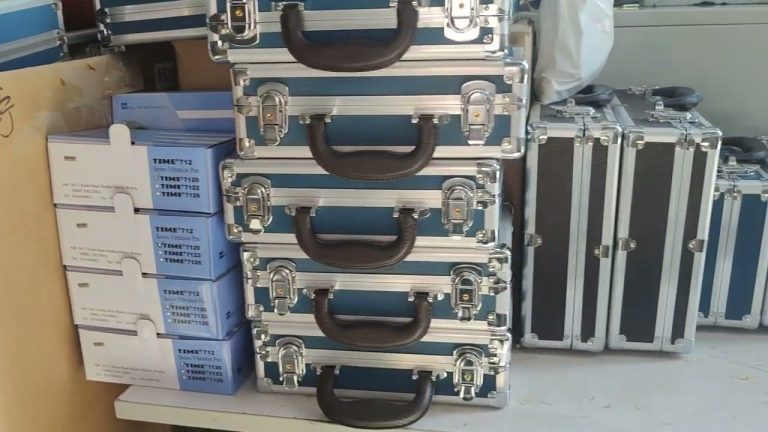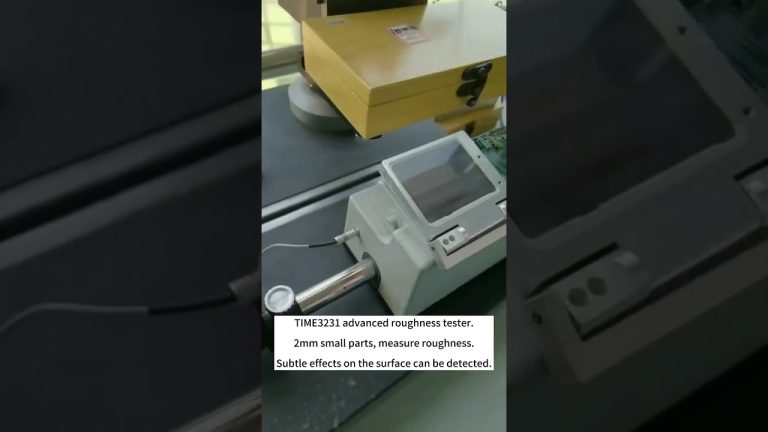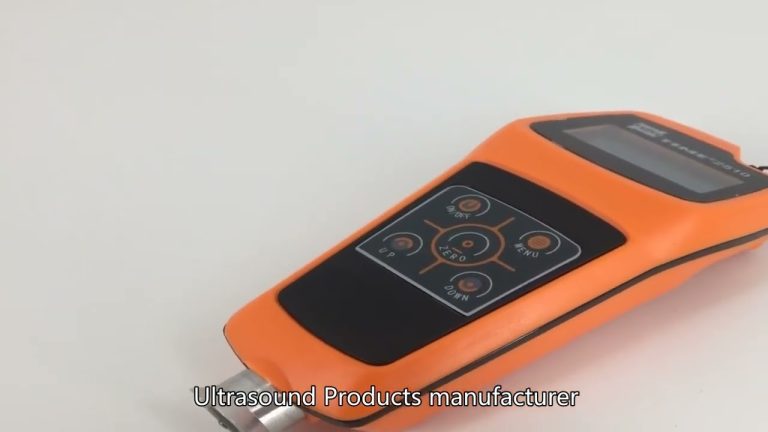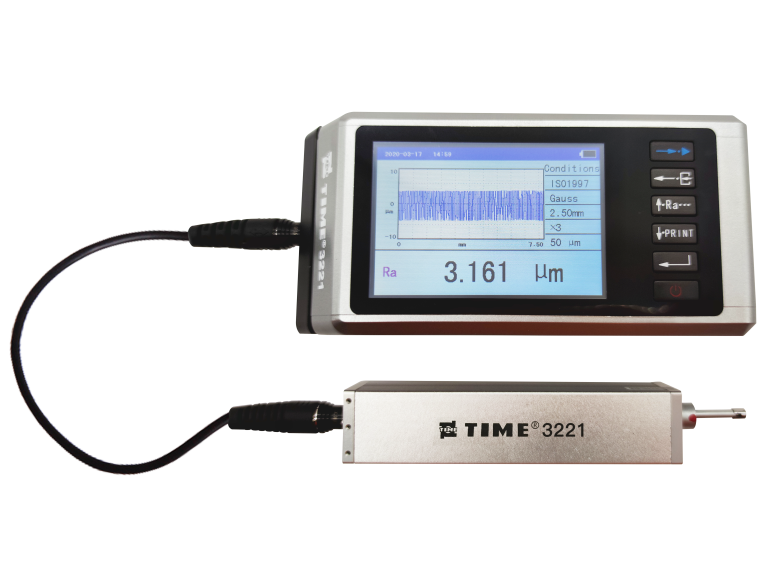It means that metal has magnetic properties; in a practical sense, for example: magnetic materials (metals) can be used to make permanent magnets and electrical materials, and magnetism can also be used to check whether magnetic metals have cracks, etc.

- What is conductivity?
Answer: Refers to the property of metal that can conduct electric current. - What is magnetism?
Answer: It means that metal has magnetic properties; in a practical sense, for example: magnetic materials (metals) can be used to make permanent magnets and electrical materials, and magnetism can also be used to check whether magnetic metals have cracks, etc. - What is high pressure?
Answer: Equipment with a voltage above 250 volts to ground is called high voltage. - What is low pressure?
Answer: Equipment with a ground voltage below 250 volts is called low voltage. - What is safety voltage?
Answer: When a person touches a live conductor, the voltage that is not life-threatening is generally a voltage below 36 volts, which is called a safe voltage.
Wherever the workplace is wet or in a metal container, electrical lighting is used in tunnels or mines, 12 volt safety voltage should be used. - What is the function of ultrasonic test block?
Answer: The function of the ultrasonic test block is to verify the performance of the instrument and probe, determine the initial sensitivity of flaw detection, and calibrate the scanning linearity. - What is the correct value of the refraction angle β of the oblique probe?
Answer: The correct value of the refraction angle of the oblique probe is called the K value, which is equal to the ratio of the horizontal distance from the λ emission point to the reflection point of the oblique probe and the corresponding depth. - What should we do if we find impermissible defects in the welds during local non-destructive testing?
Answer: Supplementary radiographic inspection should be carried out in the extension direction of the defect or the suspicious part. If there is still doubt about the quality of the weld after the supplementary inspection, all the welds should be inspected for flaw. - What are the types of magnetic marks that are not caused by defects?
Answer: 1), local cold work hardening, the accumulation of magnetic marks caused by changes in the magnetic permeability of the material; 2), the accumulation of magnetic powder at the interface of two different materials; 3), the segregation of the carbide layer structure; 4), the cross-sectional dimensions of the part Magnetic marks at sudden changes; 5), magnetizing current is too high, magnetic marks caused by metal streamlines; 6. Spot-like magnetic marks caused by unclean or oily surface of the workpiece. - What does the magnetic particle inspection procedures include?
Answer: 1), the scope of application of the regulations; 2), magnetization method (including magnetization specifications, preparation of workpiece surface); 3), magnetic powder (including particle size, color, preparation of magnetic suspension and fluorescent magnetic suspension). 4), test piece; 5), technical operation; 6), quality assessment and inspection records. - What is the applicable scope of magnetic particle inspection?
Answer: Magnetic particle inspection is a testing method used to detect surface and near-surface defects of ferromagnetic materials. - What is the main function of the synchronization signal generator in the ultrasonic flaw detector? Which two parts of the circuit do it mainly control?
Answer: The synchronization circuit generates synchronization pulse signals to trigger various parts of the instrument’s circuits to work simultaneously and coordinately. It mainly controls the two parts of the circuits: synchronous emission and synchronous scanning. - What is the purpose of non-destructive testing?
Answer: 1) Improve the manufacturing process; 2) Reduce manufacturing costs; 3) Improve product possibilities; 4. Ensure the safe operation of equipment. - What are the methods for adjusting the time scanning line of the defect positioning instrument during ultrasonic weld flaw detection?
Answer: There are three methods: horizontal positioning, vertical positioning, and sound path positioning. - Try to compare the main advantages and disadvantages of dry powder method and wet powder method?
Answer: The dry powder method has high detection ability for near-surface defects and is especially suitable for large-area or field inspection; the wet powder method has high detection ability for small surface defects and is especially suitable for batch inspection of small parts with irregular shapes.







